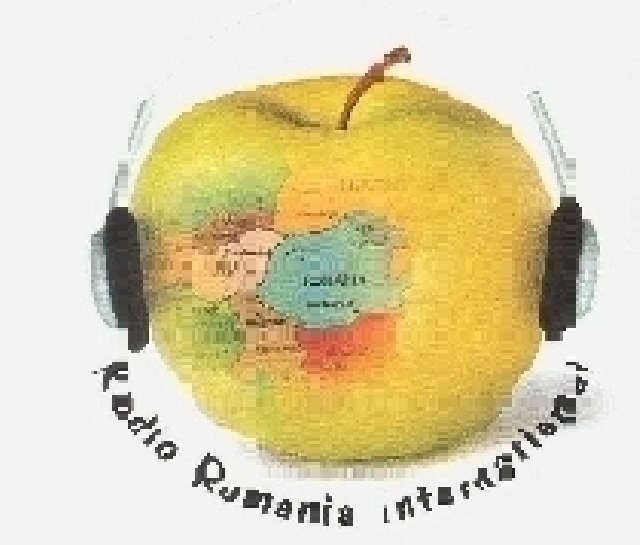The architect Cristofi Cerchez
A promoter of the neo-Romanian style, Cristofi Cerchez designed some landmark buildings still to be seen in Romania today.

Christine Leșcu, 28.06.2014, 13:12
Taking shape in the late 19th Century and early 20th Century, the neo-Romanian style in architecture gained popularity both among private homeowners and commissioners of public works. A mixture of traditional architecture and the Romanian Renaissance, the new style was promoted primarily by architect Ion Mincu and his students, one of whom was Hristea Cristofi Cerchez, born on July 5th, 1872 in a family with Armenian roots. Many of his works can still be seen in Bucharest and elsewhere in the country. Art historian Oana Marinache gave us a few details on the life of architect Cerchez:
“His family came to Moldavia, most likely via Poland, and settled in Botosani at the end of the 18th Century. Cristofi’s father, Pavel, worked in agriculture as a manager of landed properties. Looking for a job that would enable him to raise his 18 children, he reached Wallachia and settled in the town of Alexandria. This is where Cristofi attended primary school. He graduated from a secondary school in Bucharest. Culture was important in his family: his father had many friends among the leading painters and writers of the time. This environment benefited the children, some of whom are known to have made a career in music. Cristofi himself wrote songs and was a member of the church choir, but his true calling was architecture and engineering.”
After graduating from the Bucharest School of Road and Bridge Engineering, Cristofi Cerchez furthered his education in Milan, at the School of Fine Arts, where he went on a scholarship offered by a Romanian philanthropist. At the end of the 19th Century, he returned to Romania to practise architecture here. Here is Oana Marinache again:
“His first commission was not in Bucharest, but in Campulung Muscel. Between 1899 and 1900, Cristofi Cerchez designed and built a house for the Liberal politician Eugeniu Statescu. In Bucharest, his first work was a house for Dr Minovici. Rumour has it that, due to the friendship between the owner and the architect and their common taste in architecture, Cristofi Cerchez designed it for free. Dr. Minovici wanted this building to be special, because it was not designed for living, but for hosting his folk art collection. The house was built between 1904 and 1906. So in 1906 we have the opening of the first private folk art museum in Romania. A few years later, the Romanian Peasant Museum was opened, in the northern part of the city.”
As a rule, those who commissioned works to Cristofi Cerchez were low-ranking nobility, rather than well established names in the high society of the time. Dr. Minovici introduced Cerchez to members of Bucharest’s medical profession, and he later designed a wing of the Forensic Medicine Institute and the Polizu Maternity Hospital, as well as a number of drug stores. These and other buildings prove the architect’s preference for the neo-Romanian style, says art historian Oana Marinache:
“Cristofi was consistent throughout his career. Starting from the model offered by architect Ion Mincu, which influenced him in the first years of his career, Cristofi defined his own style around 1910-1911, and called it ‘the Romanian style’. It is what we call today neo-Romanian or national style. It was inspired by the traditional Wallachian architecture in the Arges and Campulung Muscel area, and by the houses of tradesmen in Ploiesti and the hilly regions along the Carpathians.”
These were not big mansions, but rather small buildings, often using traditional building materials. They had wooden cellar gates, an element that Cerchez also used in the houses he designed in Bucharest. The windows were decorated with traditional vegetable and animal motifs. Cerchez also used wood pillars with geometrical engravings. He usually resorted to Italian workers, who were coming to Bucharest in large numbers in those days, and the quality of their work was highly appreciated. The architect died in 1955, after more than 45 years of ceaseless work to improve Bucharest’s urban landscape.





























